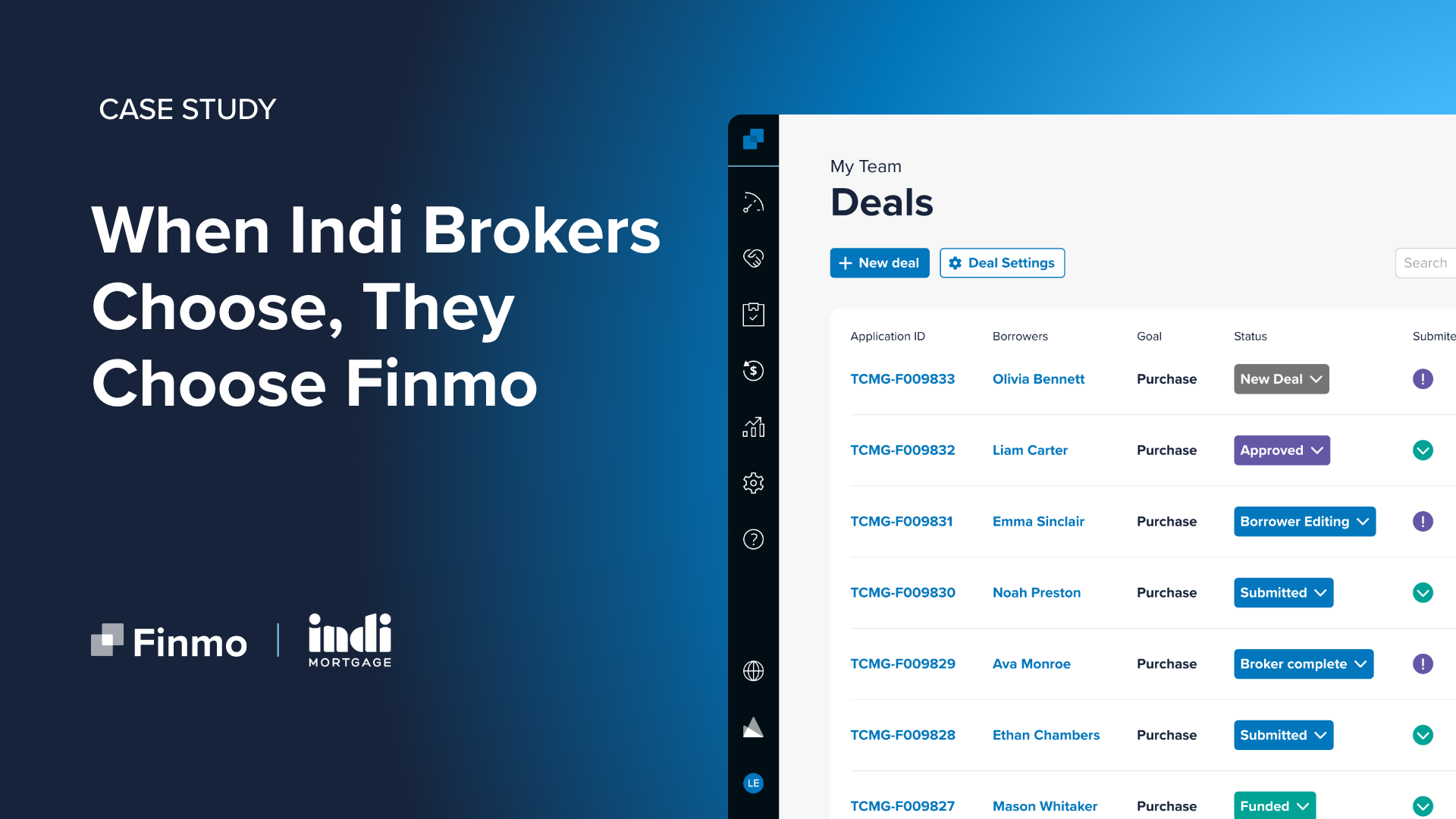
Is It Time to Ditch Variable? What to Tell Borrowers in a Rising Rate Environment
As of July, Canada has been thrust into a rising rate environment – something that, as recently as two years ago, seemed unfathomable. In 2015, when the Bank of Canada slashed its overnight lending rate by half and lenders undercut each other in ultra-competitive discounting “rate wars”, the concept that mortgages could be more expensive was far over the horizon.
However, the economy has performed better than expected, and now it’s time for borrowers to pay the piper. Bolstered by interest hikes from the U.S. Federal Reserve, and coupled with an improving job market and other fundamentals, the BoC scratched its seven-year itch with a 0.25-per- cent hike, strongly hinting it won’t be a “one-and- done” move. Market analysts anticipate at least one more increase in 2017, with multiple hikes next year.
Stated Doug Porter, Bank of Montreal’s chief economist, in an investor note last month, “While the next steps obviously depend on the growth and inflation data in coming weeks, and oil prices, we would expect the rate hike in October (with a more-than slim change of September).For now, we remain comfortable with looking for a 1,50-per- cent overnight rate by end-2018.
Adjusting Borrower Expectations
That rates will continue to rise has led to unease among borrowers, especially those entering the market for the first time and have never known rates to be priced above historical lows.
Compounded with a number of policy changes designed to crimp affordability and risky borrowing practices, such as OSFI’s low-ratio stress test B-20 proposal, and the Ontario Fair Housing Plan measures, skittish borrowers are increasingly inquiring with their mortgage professional – is it best to stay away from variable products as rates rise higher?
It’s important to keep an eye on the fundamentals: research supports that, historically, variable rates have been a better deal. The much-touted paper by Moshe Milevsky, which compared rate discounts to posted offerings, confirmed that borrowers saved with a variable rate three-quarters of the time. That can go a long way, especially when trying to carry the steep costs of detached or townhouses for sale in Toronto.
Assessing Variable-Rate Risk
However, despite the higher hurdles to variable-rate qualification – they have always been gated by “stress test” requirements, regardless of borrower equity – perceived risks are still prominent in borrowers’ minds.
Compare Affordability Among the Best Rates
Considering there’s currently a 70-basis- point spread between the best five-year fixed and five-year variable rate options (at 2.64 and 1.94 per cent, respectively), there are still great savings to be had for today’s variable holders.
To compare, let’s assume a borrower has purchased a $500,000 home, and made a down payment of 20 per cent ($100,000), leaving a $400,000 mortgage, and also has:
– A 25-year amortization
– A five-year variable mortgage rate at 1.94 per cent.
Using a mortgage payment calculator, we find this borrower will have a monthly mortgage payment of $1,682.
After factoring in the 0.25-per- cent increase that lenders have passed down into their Prime, however, that rate becomes 2.19 per cent, pushing our borrower’s monthly mortgage carrying costs to $1,731. That’s a difference of $49 per month and $588 over the course of a year.
But, should that borrower have instead chosen the five-year fixed rate of 2.64 per cent, they’d have a monthly payment of $1,820 right off the bat – still $89 higher than the hiked variable.
Risk Tolerance is Top Concern
Above all, it’s important for brokers to consider borrowers’ evolving risk tolerance – has that truly changed to an extent they can’t potentially absorb another 1.50 per cent, as BMO’s Porter predicts?
James Laird, President of mortgage brokerage CanWise Financial, likes to run his clients through the following scenario:
“It is a very logical time to consider whether you should lock in, and weigh the various scenarios,” he says. “Scenario A is a borrower saying, ‘I understand there is upward pressure on rates and there will be exposure to more interest rate pressure over the next five years, and my strategy is to stick with variable because historically it has been cheaper.’ Scenario B is if, during this self-analysis, they say, ‘My appetite for risk has gone down since I got the variable rate, and I now see the value of locking in my rate payments, even though they’ll automatically be higher than what I currently have, and will hedge risk and will let me budget perfectly.’”


